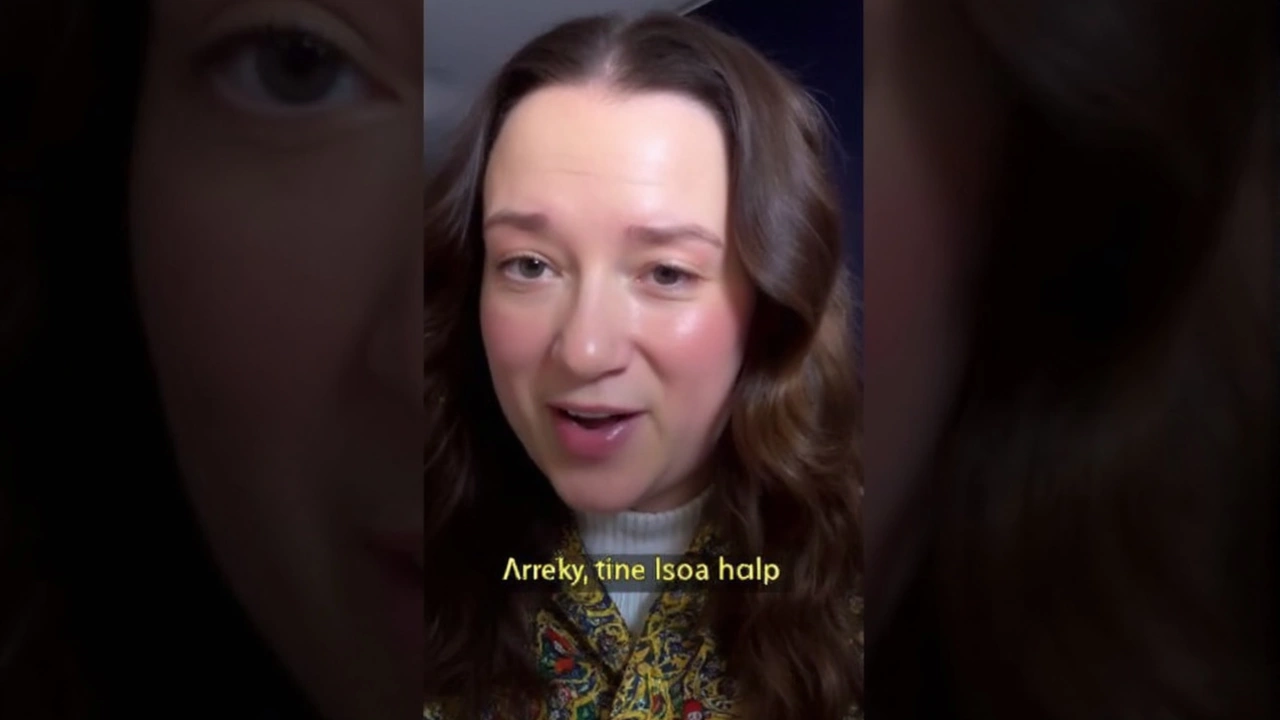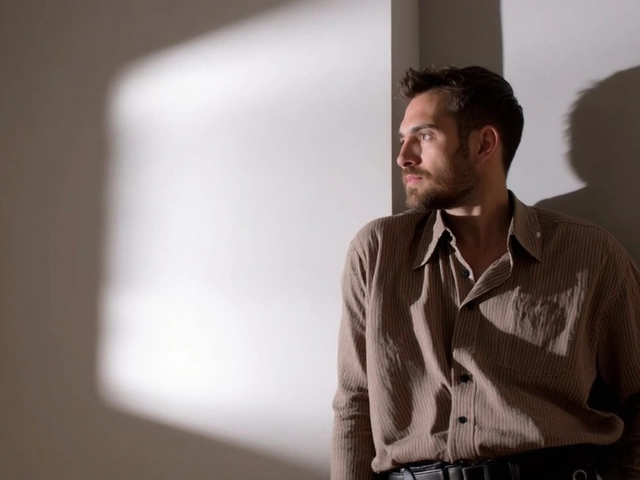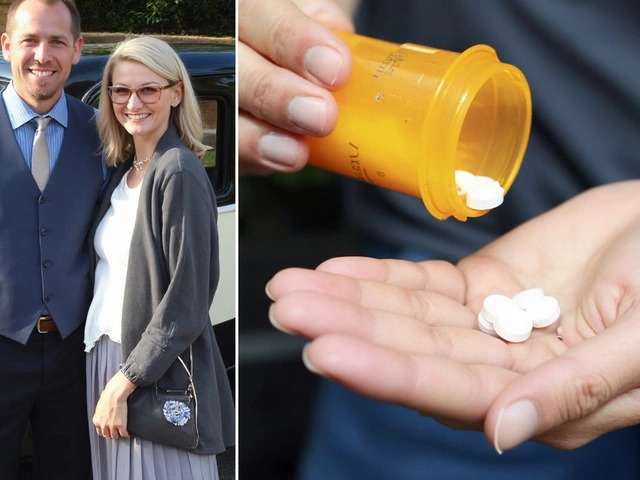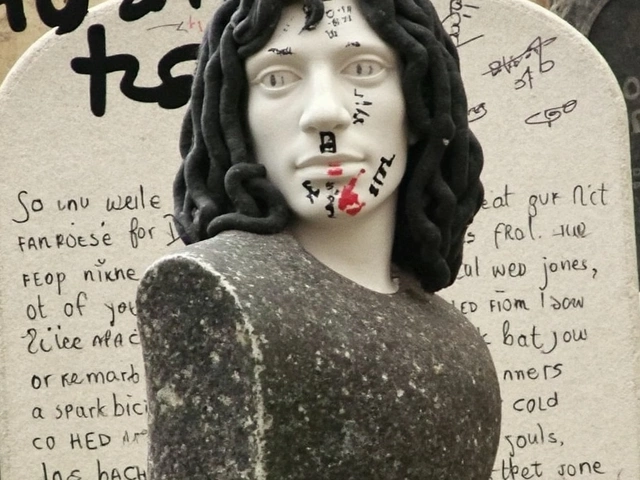Autism Diagnosis: A Simple Guide
If you suspect autism in yourself or a loved one, you’re not alone. Lots of families wonder what to look for and how the process works. This guide breaks down the basics in plain English so you can take the next step with confidence.
Spotting Early Signs
Autism can show up at any age, but the earliest clues often appear before a child turns three. Look for these everyday behaviors:
- Limited eye contact or trouble sharing interest in objects.
- Repetitive actions like hand‑flapping, rocking, or lining up toys.
- Strong preference for routine—getting upset when plans change.
- Delayed speech or an unusual way of speaking, such as repeating phrases.
- Intense focus on specific topics, sometimes to the exclusion of everything else.
Adults may notice similar patterns: difficulty reading social cues, needing clear structures, or feeling overwhelmed by sensory input like bright lights or loud sounds.
How the Diagnosis Process Works
Getting a formal diagnosis usually involves three steps: screening, assessment, and feedback.
1. Screening. A pediatrician, GP, or school counselor can use quick checklists (like the M‑CHAT for toddlers) to see if further evaluation is needed.
2. Assessment. A specialist—often a psychologist, developmental paediatrician, or speech‑language therapist—will spend several hours observing behavior, talking with you, and reviewing development history. They may use tools such as the ADOS‑2 (Autism Diagnostic Observation Schedule) or ADI‑R (Autism Diagnostic Interview‑Revised).
3. Feedback. After the assessment, the professional will explain the findings, discuss strengths, and outline any challenges. They’ll also suggest next steps, which might include therapy, educational support, or community resources.
Throughout, it helps to bring written notes about behaviors you’ve observed. Real‑life examples make it easier for the assessor to understand your situation.
Getting a diagnosis isn’t the end of the story; it’s the start of a plan that can improve daily life. Early intervention—like speech therapy, occupational therapy, or social skills groups—has shown big gains in communication and independence.
In addition to professional help, many families find support through online forums, local autism charities, and parent groups. These communities share practical tips, from navigating school paperwork to finding sensory‑friendly activities.
Remember, autism is a spectrum. No two people are exactly alike, and a diagnosis doesn’t define a person—it simply highlights how their brain works differently. Embrace the strengths that come with autism, whether it’s a keen eye for detail, a passion for a subject, or creative problem‑solving.
If you’re ready to start, talk to your doctor or a trusted health professional. Ask for a referral to an autism specialist and bring this guide along to help frame your questions. You don’t have to go it alone—support is out there, and taking that first step can open the door to tailored help and a clearer understanding of the journey ahead.





